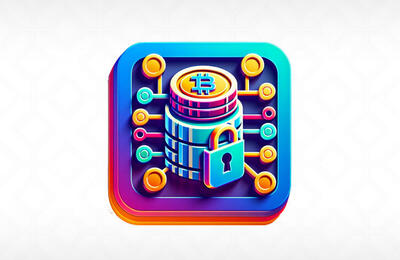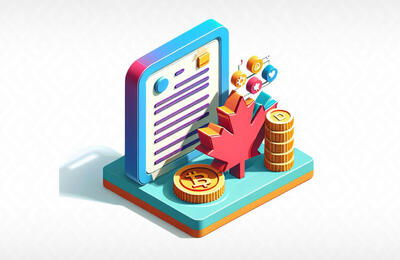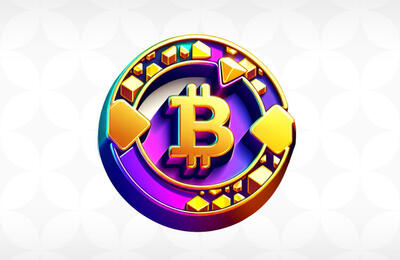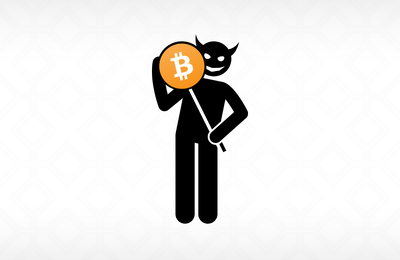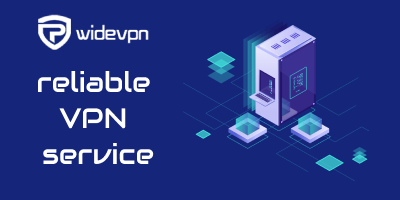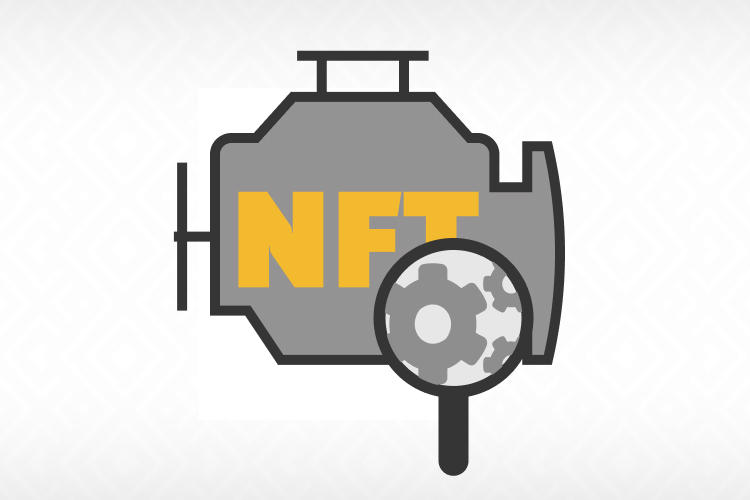
Have you ever thought about buying some digital artwork online for a low price and obtaining a unique digital token certifying your ownership of the artwork? Wouldn’t that be awesome? Now, it’s more than possible, owing to NFTs.
NFTs are now sweeping the digital art and collectibles industry. Just as everyone in the world thought Bitcoin was the digital solution to currency, NFTs are being marketed as the digital answer to collectibles. Digital artists are changing their livelihoods. In this article, you’ll learn NFT’s basics, so let’s get started and see what all the hype is about!
NFT and Its Popularity Explained
NFT stands for non-fungible tokens. They’re cryptographically distinct tokens tied to digital (and occasionally physical) information and serve as evidence of ownership. They have a wide range of applications, including artwork, digital collectibles, music, and video game goods.
The main difference between NFTs and digital or conventional coins is that each has a different value, rather than a flat rate based on the token’s unique attributes. That implies you can just swap them for like-for-like.
Because these non-fungible tokens can’t be bought or sold on either centralized or decentralized crypto exchanges, the only method to trade NFTs is through an online NFT marketplace. As a result, NFT software development will become more profitable for NFT marketplace development businesses. Furthermore, because NFT markets are founded on blockchain technology, they provide the same benefits as traditional exchanges, including:
- Transparency. Given the fact that blockchain is real-time and immutable, transactions in an NFT marketplace are wholly transparent and impossible to tamper with.
- Decentralization. It entails replicating and distributing all data throughout the network’s nodes. Furthermore, if a new block is added, the network is updated, and every peer has access to this data.
- Security. Blockchain provides NFT markets with built-in security measures, cryptography, and consensus algorithms to prevent scams, violations, and other cyberattacks.
Thus, it’s not surprising why there’s been so much talk about NFTs. These non-fungible tokens are already one of the most rapidly evolving sectors in the cryptocurrency industry so far. Soon, its popularity will only rise.
What Is the Mechanism of NFT?
NFTs reside on a blockchain, a distributed public ledger that keeps track of transactions. They’re commonly kept on the Ethereum blockchain and can also be held on other blockchains.
They’re essentially digital versions of tangible collector’s artifacts. So, instead of receiving a physical oil painting to put on the wall, the customer receives a digital file. They also receive exclusive ownership rights.
NFTs can only have one owner at a time, and their use of blockchain technology makes it simple to confirm possession and transfer tokens between owners. In addition, the author can store certain information in the metadata of an NFT. For instance, artists can sign their work by inserting their signature in the file.
Indeed, NFTs may have numerous practical applications in the future. And NFT markets are your best bet for getting started with investing in digital assets, collectibles, and art. While there are plenty of other possibilities, make sure to choose the best.


